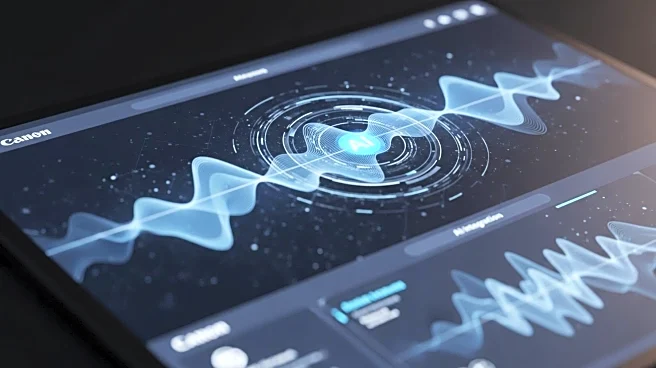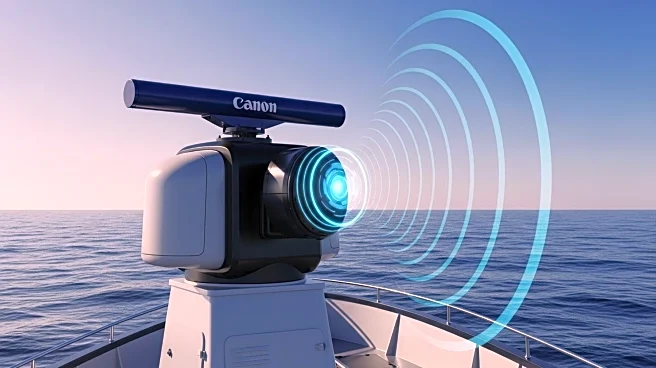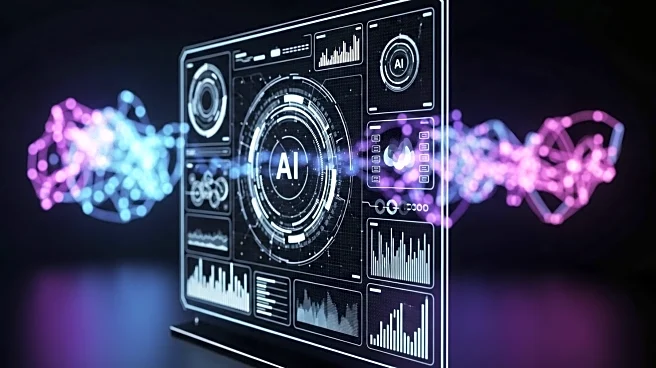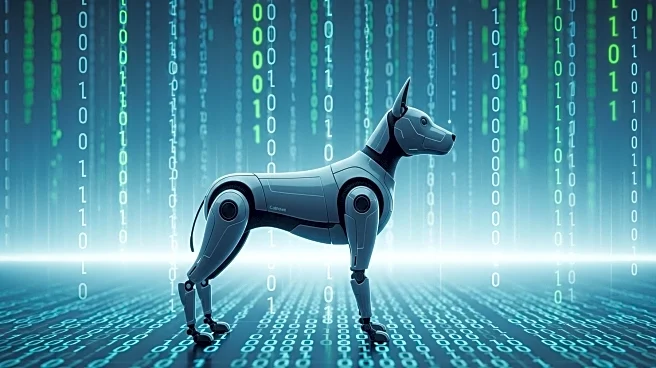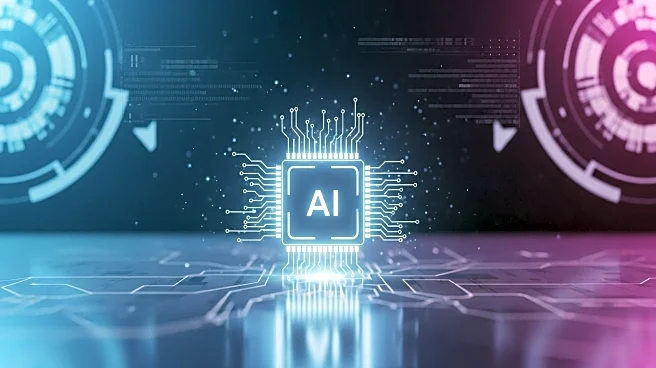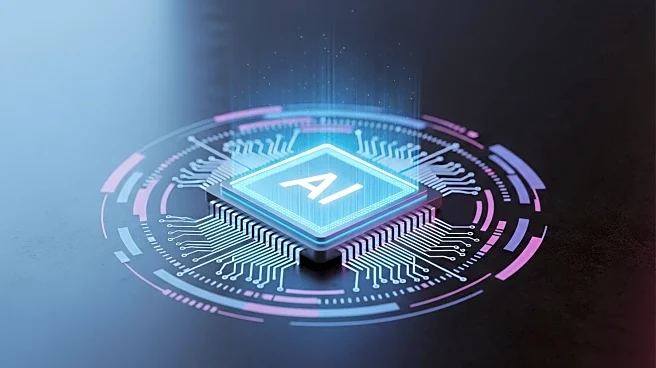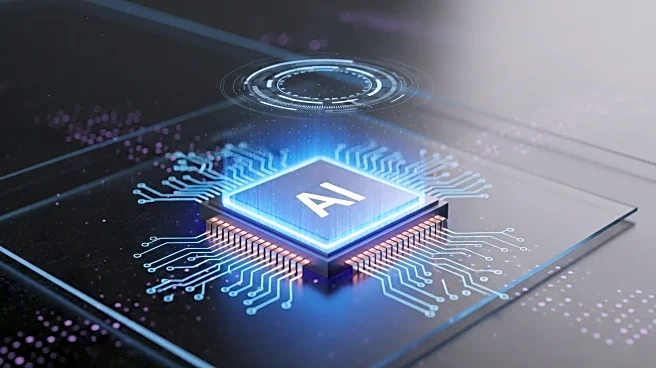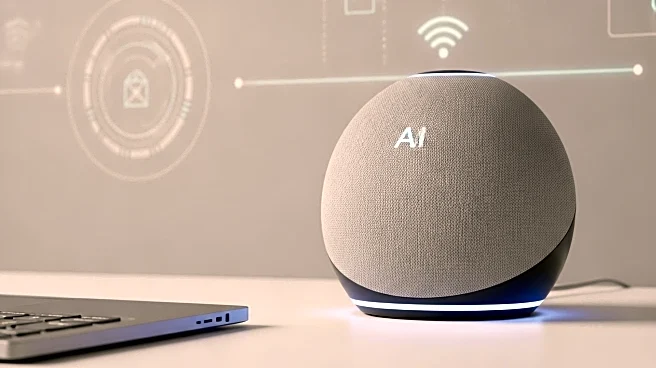What's Happening?
FarSounder has integrated SEA.AI, an AI-powered vision system, into its web application to improve maritime safety. This integration enhances the Argos 3D Forward Looking Sonar (FLS), FarSounder's flagship product, which provides real-time data up to 1,000 meters ahead of a vessel. The new feature allows captains and crew to view their surroundings comprehensively, merging optical and sonar data with ARPA and AIS targets into a single user interface. This integration improves situational awareness by displaying surface targets alongside submerged hazards, facilitating safer navigation.
Why It's Important?
The integration of SEA.AI into FarSounder's web application is a significant step forward in maritime safety technology. By offering a unified view of potential hazards, the system enhances navigational safety, potentially reducing maritime accidents. This advancement is crucial for the maritime industry, which continuously seeks innovative solutions to improve safety and operational efficiency. Enhanced situational awareness can lead to safer maritime operations, benefiting shipping companies, crew members, and the environment by minimizing collision and grounding risks.
What's Next?
Following the integration of SEA.AI, FarSounder may continue to develop its technology to further enhance maritime safety. The company might explore additional partnerships or technological advancements to expand its sonar systems' capabilities. Stakeholders in the maritime industry, including shipping companies and regulatory bodies, may respond positively to these advancements, potentially leading to wider adoption of such technologies. Future developments could include further integration of AI and machine learning to predict and respond to maritime hazards more effectively.
Beyond the Headlines
The integration of AI-powered vision systems into maritime technology raises important ethical and legal considerations. As AI systems become more prevalent in navigation, questions about liability in the event of system failures or accidents may arise. Additionally, the use of AI in maritime operations could lead to shifts in employment, as automation may reduce the need for certain roles on vessels. These developments could prompt discussions about the balance between technological advancement and human oversight in maritime safety.
